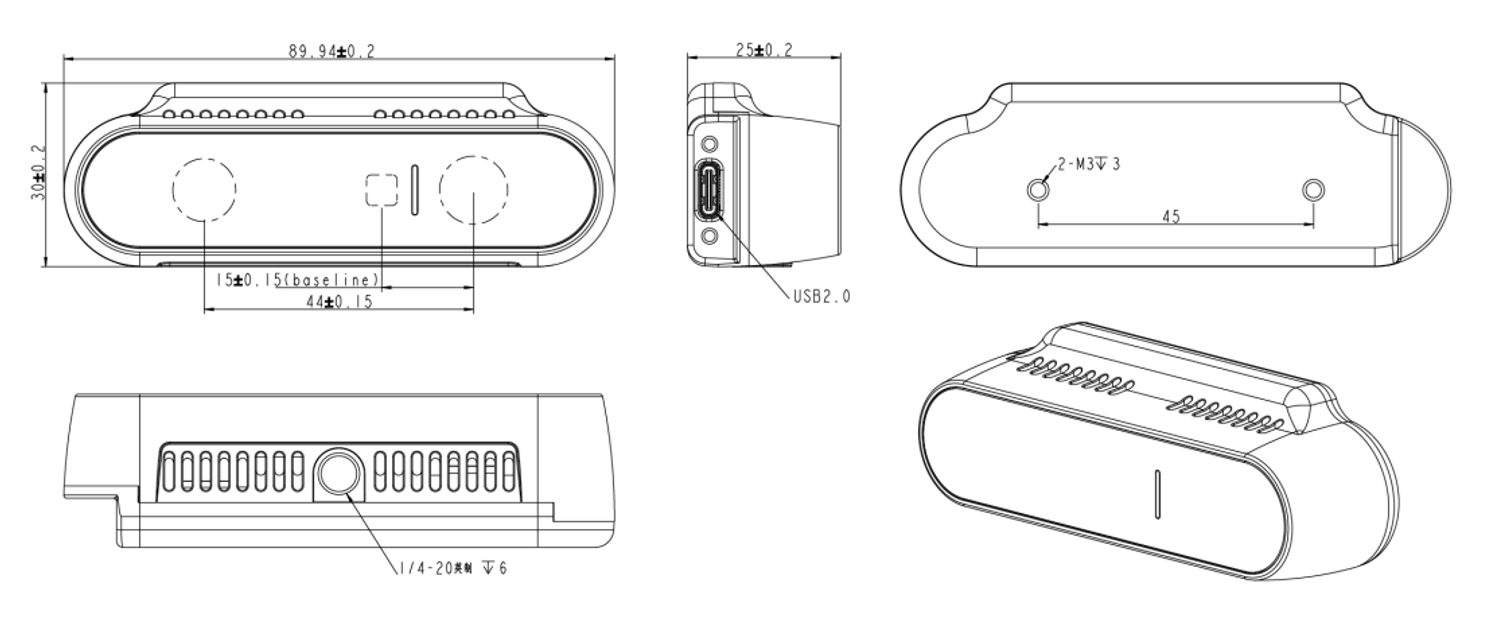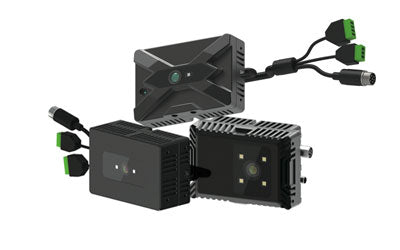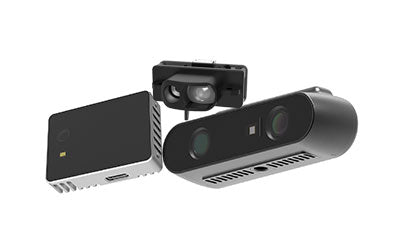L'impact des capteurs TOF sur la numérisation et l'imagerie 3D

La numérisation et l'imagerie tridimensionnelles (3D) ont révolutionné diverses industries ces dernières années. De la fabrication à la médecine, l'imagerie 3D est devenue un outil indispensable pour créer des modèles détaillés et précis d'objets et d'environnements. Un composant crucial qui a contribué de manière significative à l'avancement de la numérisation 3D est le capteur à temps de vol (TOF).
Les capteurs TOF fonctionnent en émettant une impulsion de lumière et en mesurant le temps qu'il faut pour que la lumière se réfléchisse sur le capteur. En calculant la distance entre le capteur et l'objet, les capteurs TOF peuvent créer un modèle 3D très précis de l'objet ou de l'environnement. Cette technologie s'est révélée très efficace dans divers secteurs, y compris l'architecture, la robotique et même les jeux vidéo.
L'un des impacts les plus significatifs des capteurs TOF sur la numérisation 3D est leur capacité à capturer des modèles très détaillés et précis en temps réel. Cela signifie que la technologie peut être utilisée pour scanner et créer des modèles 3D d'objets ou d'environnements en mouvement. Par exemple, dans l'industrie manufacturière, les capteurs TOF peuvent être utilisés pour scanner des produits sur une ligne de production, permettant un contrôle qualité et une analyse en temps réel.
Dans le secteur de la santé, les capteurs TOF sont devenus un outil vital dans l'imagerie médicale. Les professionnels de la santé peuvent utiliser cette technologie pour créer des modèles 3D très précis des organes des patients, permettant des diagnostics et des plans de traitement plus précis. De plus, les capteurs TOF peuvent être utilisés dans les chirurgies assistées par robot, où la technologie permet au chirurgien de créer un modèle 3D détaillé de l'anatomie du patient, aidant à guider la chirurgie et à améliorer sa précision.
Les capteurs TOF ont également apporté des contributions significatives au domaine de la robotique. La technologie permet aux robots de naviguer et d'interagir plus efficacement avec leur environnement. Par exemple, un robot équipé de capteurs TOF peut détecter et éviter avec précision les obstacles sur son chemin, le rendant plus sûr et plus efficace.
Un autre impact crucial des capteurs TOF sur la numérisation 3D est leur capacité à créer des modèles très détaillés et précis dans des environnements à faible luminosité. Les technologies de numérisation 3D traditionnelles ont souvent du mal à capturer des données précises dans des conditions de faible luminosité, ce qui les rend inadaptées à certaines applications. Les capteurs TOF, en revanche, sont très efficaces dans des environnements à faible luminosité, ce qui les rend idéaux pour des applications telles que les fouilles archéologiques ou même l'exploration en haute mer.
En conclusion, l'impact des capteurs TOF sur la numérisation et l'imagerie 3D a été significatif. Cette technologie a permis de créer des modèles 3D très précis et détaillés en temps réel, ouvrant la voie à de nouvelles applications et cas d'utilisation dans diverses industries. À mesure que la technologie continue d'évoluer, nous pouvons nous attendre à des applications encore plus passionnantes des capteurs TOF à l'avenir.
Synexens 3D Of RGBD ToF Depth Sensor_CS30

Support après-vente :
Notre équipe technique professionnelle spécialisée dans les caméras 3D est prête à vous assister à tout moment. Que vous rencontriez des problèmes avec votre caméra TOF après l'achat ou que vous ayez besoin de précisions sur la technologie TOF, n'hésitez pas à nous contacter à tout moment. Nous nous engageons à fournir un service technique après-vente de haute qualité et une expérience utilisateur optimale, garantissant votre tranquillité d'esprit tant lors de l'achat qu'à l'utilisation de nos produits.
-
Publié dans
CS30


